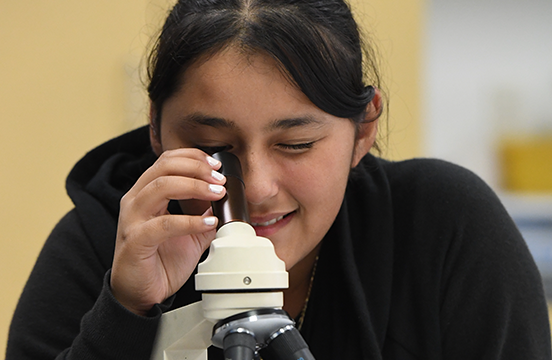Entomology Explorations
Overview
Insects far outnumber humans and any other species of animal and play important roles in ecosystems as pollinators, food sources and indicators of ecosystem health. In this 3-part lesson, students will learn how insects are classified and techniques for collecting them. They will collect data about the species and numbers of insects around their school campus and use statistics to determine the Simpson’s biodiversity index, all to explain how insect diversity is an important indicator for ecosystem health. Finally, they will be introduced to citizen science projects and experience how they can be powerful tools to help scientists and entomologists answer important scientific questions about insect populations around the world.
21st CENTURY SKILLS
Collaboration
Communication
Critical Thinking
DESIGN PRINCIPLES
Defining the Problem
Designing Solutions
Communicating Results
Objectives
- Observe and compare different insect and other arthropod specimens
- Identify the taxonomic order that various species of insects belong to by analyzing the external structures of organisms
- Explain how insect diversity is an important indicator for ecosystem health
- Safely collect live insect specimens and classify these based on their physical characteristics
- Participate in a citizen science project monitoring insect populations
- Practice scientific inquiry through a self-selected project that is then shared with their scientific community of peers
Suggested Time
120-150 Minutes (2-3 class sessions)
